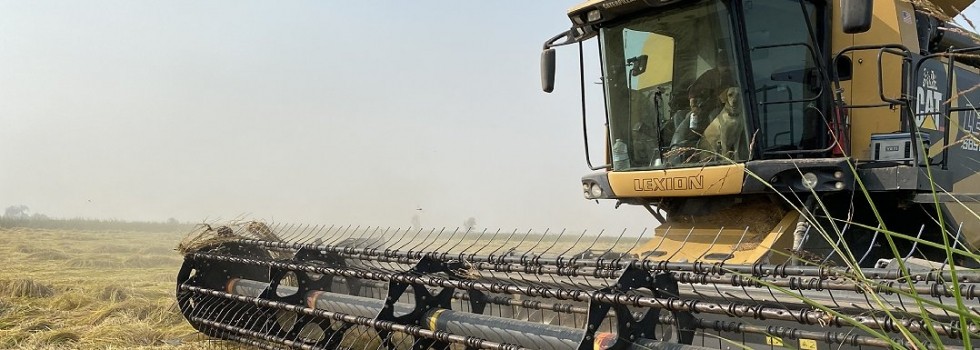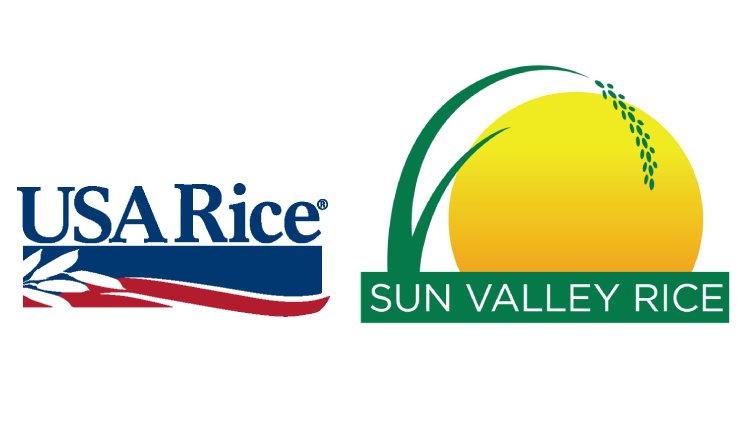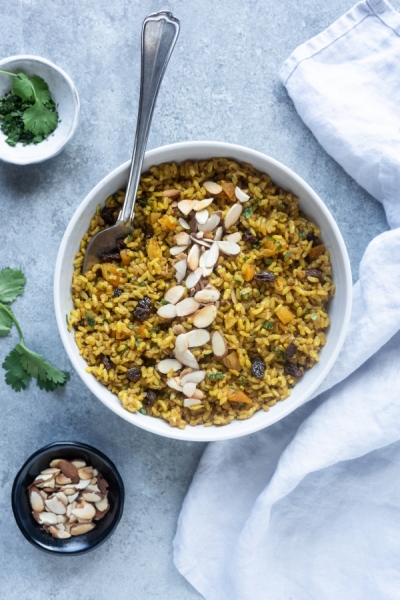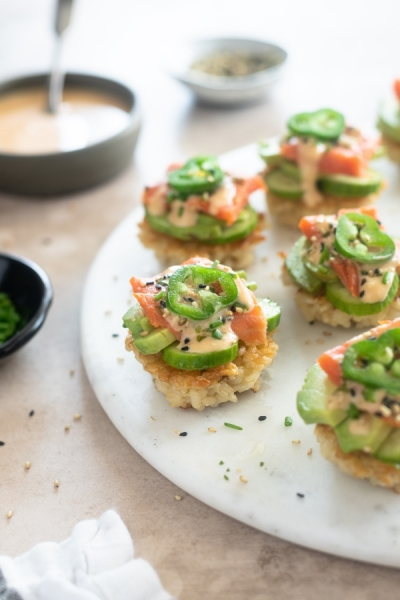Promotional Features
How can food manufacturers offer authentic products using rice while responding to consumer demands?
Consumer habits have undergone a dramatic change in recent years. Not only are they more demanding about quality and convenience but they want it at a value price. International travel has also opened them up to more adventurous tastes and there are growing interests in new flavours, ingredients and world cuisines.
Recent research from Mintel in its UK World Cuisines Market Report 2023 showed that 92% of Brits were eating world cuisines at home in the three months to March 2023. Most consumers use world cuisines to incorporate variety into their diet, with over half of Brits eating at least five world cuisines at home.
In addition, many consumers are keen to try new foods. Over three-quarters (85%) of world cuisine consumers are interested in sampling a new cuisine that shares ingredients with another world cuisine they like.
These choices are continuing to become more mainstream in both grocery and out-of-home. Grocery chain Waitrose recently launched its own Japanese food range Menyū and pub chain JD Wetherspoon now has three different types of Katsu curry on the menu.
One of the staple ingredients for many of these meal occasions is rice.
According to Kantar, rice remains a main staple for consumption in the UK with 86% of GB households buying dry, pouch or chilled rice each year. There are 1.74bn meals eaten each year in the UK involving rice while 71% of ready meals sold are supplied with rice.
More significantly for the food manufacturing sector 45% of British households buy a ready meal with rice which amounts to the value of £395m per year.
Mainstream rice in the UK is dominated by long grain, basmati for Indian cuisine and Jasmine for Thai cuisine. But there are a considerable number of other rice options which have strong alignments to key cuisines such as oriental foods, including Japanese and Korean, as well as other world cuisines such as Mexican.
The secret is getting the right rice with the cuisine which is important for the authenticity of the dish.
“UK palates, due to international travel, are increasingly sophisticated and this has fuelled the growth and popularity of such cuisines. Korean, Japanese, and Mexican (burritos and rice bowls) are seeing strong growth and this is replicated in the ready meals sector. Instead of using one rice fits all food manufacturers need to meet consumer sophistication by using the right rice varietal for the cuisine,” says Claire Harcup, head of sales and marketing Europe and Africa at Sun Valley Rice, the Californian-based rice supplier, which sells Calrose and other specialist rice in the UK.
She believes there is an education needed for both food manufacturers and consumers on the different types of rice available. There are a range such as short and medium grains, wild rice and bespoke rice blends that can be designed for particular dishes. These can even include sweet rice varietals that can be used for puddings.
“Medium-grain Californian Calrose rice, for example, absorbs sauces beautifully, so it is perfect as a side for Chicken Katsu or Teriyaki bowl or for a use in a burrito,” Harcup explains.
There are also brown varietals with enhanced nutritional benefits, while sprouted rice products offer innovation that can be used for making vegan products, such as alternatives to cheese and fish.
Pricing and consistency
The current cost-of-living crisis continues to hit people’s pockets and the aftermath of the Covid-19 pandemic is still lingering. While the desire for more interesting cuisines continues, increased prices have challenged food manufacturers, which have had to adapt to the tight budgets of consumers by keeping a strong control on costs.
Rice prices have surged, with many food manufacturers – including ready meal producers – using the more economical long grain rice in their supply chain. But as prices are starting to stabilise it is a good time for food manufacturers to start looking at their rice supply chain.
Sun Valley Rice highlights that, due to inflation, food manufacturers have been resistant to make changes.
“We have had high prices in California due to last years’ drought and as there has been high inflation on most food products trying to get food manufacturers to change the rice they have been using has been very difficult. But now we feel there is a great opportunity because the prices are coming down,” Harcup says.
While food manufacturers have searched for cheaper rice supplies from countries such as Vietnam, the challenge has been the consistency and quality of the product.
Consistency is often hit by the impact of weather and climate. Luckily, California is an area with generally consistent weather patterns suited to premium Japonica production. This year’s crops are strong and the reservoirs are full of water meaning a guaranteed strong crop for next year, Harcup confirms.
“There is now an opportunity for food manufacturers to buy into California rice as the price is competitive and the quality is excellent,” she confirms.
Sustainability
As well as being focused on price, authenticity and consistency, there is also the challenge of tackling the sustainability of the supply chain.
As rice is not an item that can be produced in the UK, there will be an element of food miles involved. But there have been some dramatic changes in agricultural processes, which have contributed to its green credentials.
According to research commissioned by the USA Rice Federation there has been a 52% reduction in water use, 34% reduction in energy, 41% cut in greenhouse gasses, and land efficiency has been increased by 39% in the country over the last 36 years.
For food manufacturers using US rice there is a good sustainability story to tell.
Rice conservation practices regarding water, soil, and air have improved and enhanced vital wildlife habitats. And working rice lands provide millions of acres of life-sustaining resources for migrating waterbirds along with countless other animals.
"All segments of the US rice industry are invested in sustainable production and processing practices for decades now because it is personal – 96% of rice farms are family owned, so rice farmers often live on the land they work, and rice mills are important economic drivers in their communities,” says Sarah Moran, vice president international at the USA Rice Federation.
“Every year, US farmers grow rice more efficiently with significantly fewer natural resources, continually expanding their knowledge and expertise. We have ambitious plans going forward to continue to grow high-quality, nutritious rice to help feed the growing world population."
Sun Valley Rice is an example of a family-owned business that strives to its sustainability credentials. It sources all its rice within 100 miles of its mill allowing for full traceability, creates waterfowl and shorebird habitats, uses eco-friendly packaging and uses containers to cut its greenhouse gasses from transport.
To discover more about Sun Valley Rice, go to https://sunvalleyrice.com/
Claire on fnyrfrhebcr@fhainyyrlevpr.pbz / office 0208 0515660.



